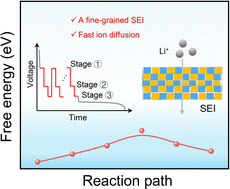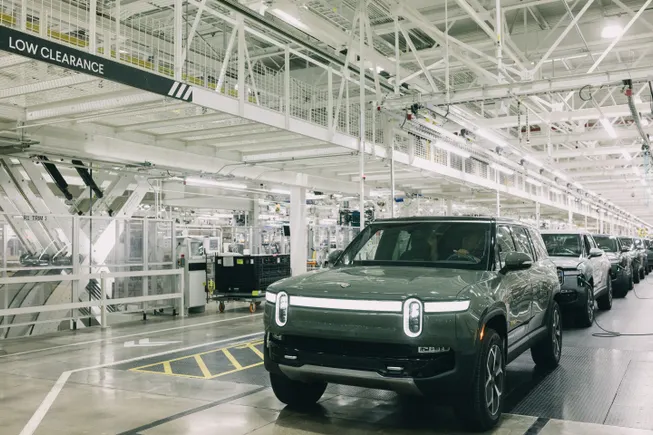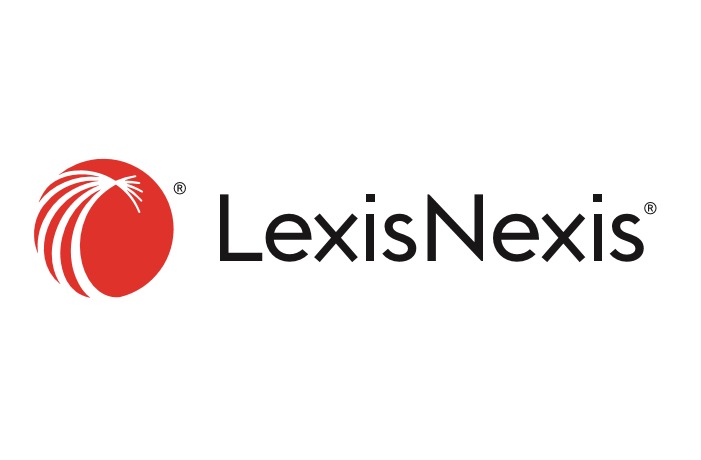LexisNexis & Harvey Announce Partnership
AI for legal joins with research giant. The post LexisNexis & Harvey Announce Partnership appeared first on Above the Law.


What did you do during the data wars, kid?
That’s more or less how someone in the far-flung future will talk about legal technology in 2025. Or we’ll all be driven extinct by SkyNet. One or the other.
As generative AI continues its march into the legal workflow, the flurry of press releases increasingly focus on data access. At the risk of oversimplifying the market, advancements in the underlying algorithms are going to stagnate and providers have already announced their investment in building better guardrails so the next logical leap for the technology is pairing it with better data. And so that’s the current scramble.
Harvey is an AI platform designed for legal professionals, LexisNexis is a vast repository of data and years of categorization and curation… they fight crime!
In all seriousness, a while back, Harvey wanted to build a legal research solution and LexisNexis worked on an AI solution. Now they’re joining forces.
Within Harvey, customers can ask LexisNexis Protégé™ to receive comprehensive, trusted AI answers grounded in the LexisNexis collection of U.S. case law and statutes, validated through Shepard’s® Citations. Harvey users can ask complex legal questions in natural language and receive citation-supported answers from primary sources of law, refine their queries through follow-up questions, and seamlessly continue their research. Answers are generated using LexisNexis fine-tuned models within a proprietary infrastructure that anchors responses in legal content, metadata, and case law relationships, powered by Shepard’s® Knowledge Graph and Point of Law Graph technology.
Now Harvey users have the data and LexisNexis can deliver its product through a platform delivering AI to lawyers across use cases.
Why isn’t this just an acquisition like when Thomson Reuters bought Casetext? Unclear. The many tentacled LexisNexis corporate octopus has money in Harvey so it wouldn’t be crazy to bring it all under one roof. And despite the alliance talk, it seems as though this will eventually create redundancies. Artificial Lawyer asked that question outright and was told by LexisNexis North America, UK, and Ireland CEO Sean Fitzpatrick, “Who knows where this will go?”
Pretty sure the answer is some kind of merger.
The deal also includes a tease for some workflows getting the robo-treatment:
Harvey and LexisNexis will also develop sophisticated legal workflows built on the latest generative AI technology. These co-developed workflows will initially include:
- Motion to Dismiss Workflow: Generates high-quality Motion to Dismiss arguments and related client communications with legal research content from LexisNexis
- Motion for Summary Judgment Workflow: Automates key steps in drafting a Motion for Summary Judgment with supporting legal research content from LexisNexis
And oh yes, motions! Because this brave new world includes — wait for it — AI-generated “Motion to Dismiss” and “Motion for Summary Judgment” workflows. So the two most overused filings in the history of American jurisprudence are now getting the robo-treatment.
I remain worried about of the automated workflow as a concept. Crunching a file into a usable statement of facts can save time and generative AI can also perform the top-level reasoning to draft research queries based on the case materials. But while AI can be a force multiplier along every step of the way, putting together a brief seems like more than the sum of its parts. Legal research is a morass of linguistic subtlety, precedent, and jurisdictional nuance. Even with Shepard’s duct-taped to its forehead, an LLM is one semantic landmine away from confidently pulling the good case while overlooking the great one.
As an unrelated-but-maybe-related aside, in Bob Ambrogi’s LawSites coverage of this announcement, Harvey CEO Winston Weinberg said, “Lawyers have trusted LexisNexis for centuries, so this alliance allows us to provide our customers with data sources they know and rely upon while collaborating with on AI systems that make daily life for our joint customers significantly easier.”
LexisNexis was founded in 1970.
When he says “for centuries,” does he mean the 20th and the 21st? Because, one, I’m not cool with that. And two, it feels like the sort of “technically true but wrong because it misses the nuance” response that worries me about the whole generative AI workflow experience.
The more providers try to put the entire lawyering process on greased rails, the less I trust the humans to perform the necessary work to make sure the work product is the best it can be. It’s one thing to “do legal research” and evaluate the output and another to “do all the steps at once” and evaluate that output.
It’s hard to describe, but I approached research differently in the advocate role than in the arbitrator/mediator role. When I would receive briefs from the parties and check up on them, my research was always already contextualized by their finished work product. I had to affirmatively divorce myself from that context to guarantee I got to the right answer. Obviously this product is still in development and might take pains to prevent people from doing this, but the hype around these sorts of workflow agents creeps toward “it will do all the steps to give you something finished that you can just check up on,” but when the output arrives looking finished, there’s a bit of a psychological barrier to ripping it back down to the studs to make sure it’s right.
Good lawyers will change how they approach the job to make sure the allure of an automated workflow doesn’t dull their professional judgment. I’m just not sure I trust lawyers enough.
The post LexisNexis & Harvey Announce Partnership appeared first on Above the Law.






























































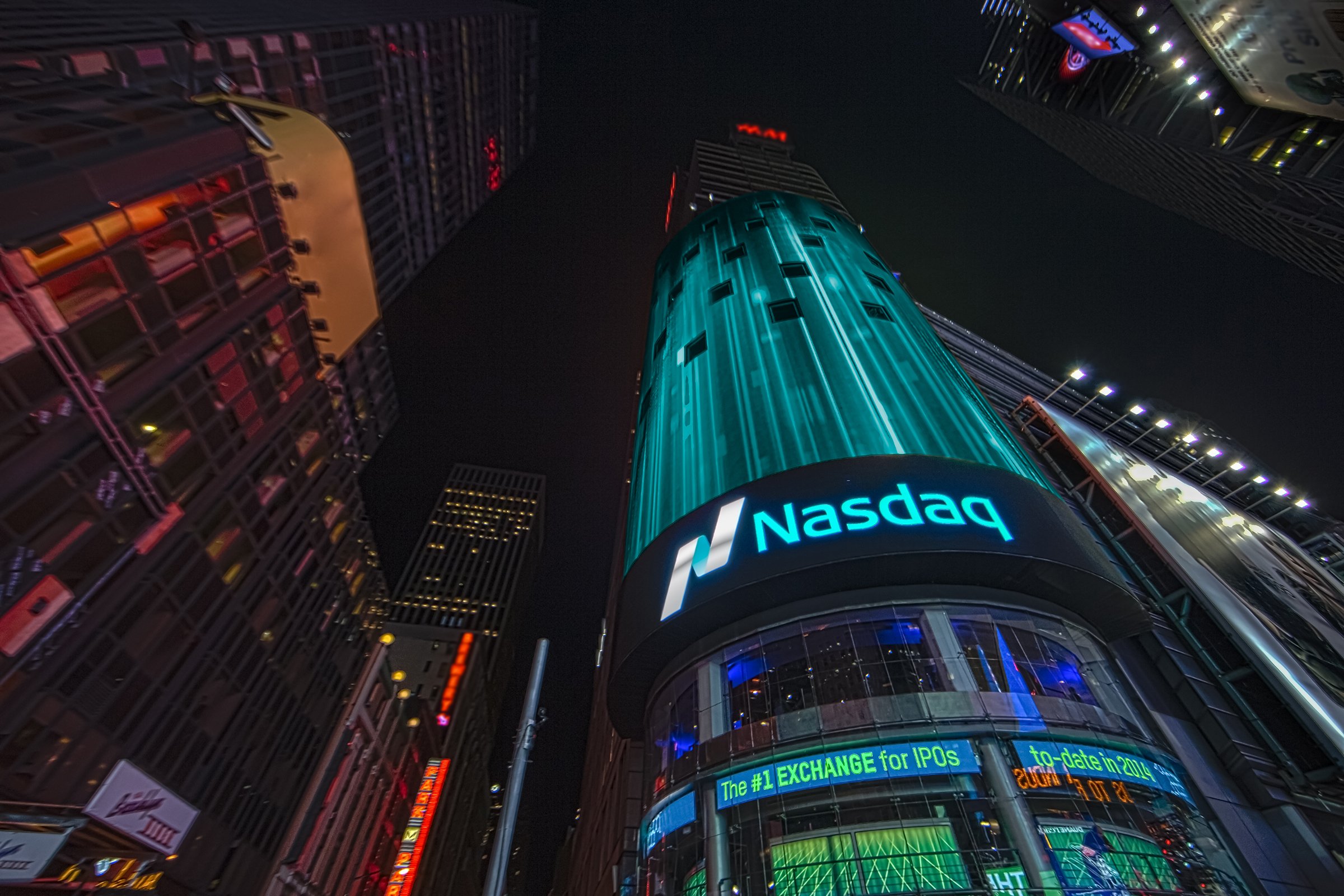

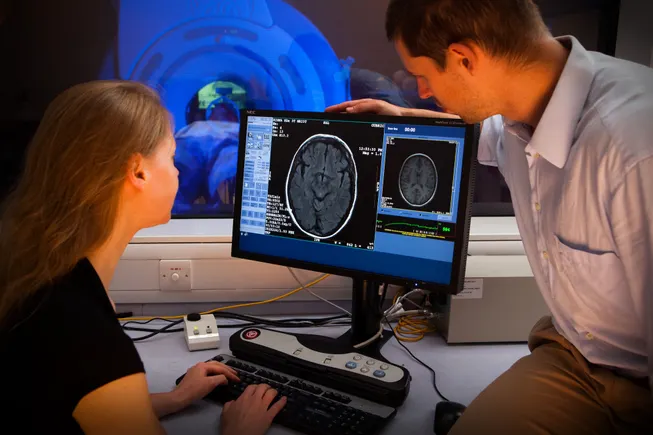
























![The American contingent and Turkey’s autonomy goals: Paris Air Show Day 3 [Video]](https://breakingdefense.com/wp-content/uploads/sites/3/2025/06/Wednesday-Wrap.00_00_32_21.Still001.png?#)
![A look at the jets flying high above the Paris Air Show [PHOTOS]](https://breakingdefense.com/wp-content/uploads/sites/3/2025/06/Rafale_02-scaled-e1750268097167.jpg?#)












































